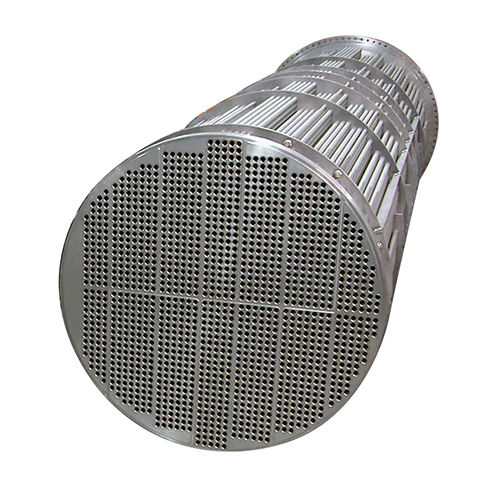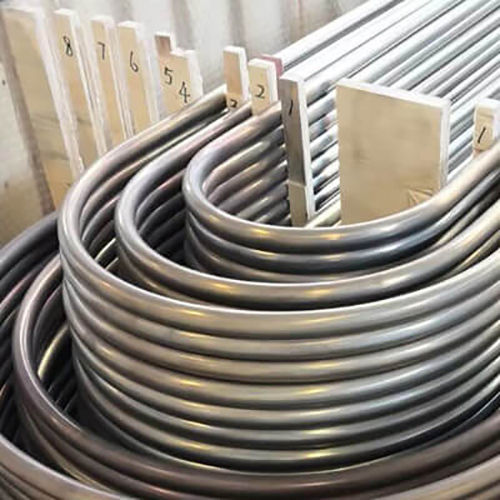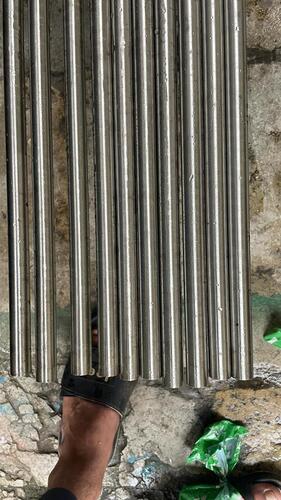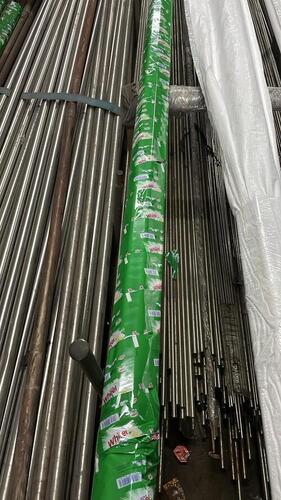Industrial Heat Exchanger Tubing
Product Details:
- Usage Industrial
- Temperature High-temperature
- Size Different Sizes Available
- Condition New
- Click to View more
Industrial Heat Exchanger Tubing Price
- 600 INR/Kilograms
- 100 Kilograms
Industrial Heat Exchanger Tubing Specification
- High-temperature
- New
- Industrial
- Different Sizes Available
Industrial Heat Exchanger Tubing Trade Information
- Cash Advance (CA)
- 5000 Kilograms Per Month
- 10 Days
- All India
Product Description
Industrial Heat Exchanger Tubing is a type of tubing used in the construction of heat exchangers. Heat exchangers are devices that transfer heat from one fluid to another fluid, without the fluids mixing together. It is designed to provide a large surface area for the transfer of heat, and is typically made from materials that are good conductors of heat, such as copper, stainless steel, or aluminum. Industrial Heat Exchanger Tubing come with a variety of finishes and coatings to enhance its durability and resistance to corrosion.
Industrial heat exchanger tubing alludes to tubes explicitly planned and made for use in heat exchanger frameworks. Heat exchangers are gadgets used to move heat between at least two liquids, normally to heat or cooling processes in different industrial applications. The tubing utilized in these heat exchangers assumes a basic part in effective heat move and keeping up with the general presentation of the framework.
FAQs of Industrial Heat Exchanger Tubing:
What Is Industrial Heat Exchanger Tubing?
Industrial heat exchanger tubing alludes to tubes explicitly intended for use in heat exchanger frameworks. These cylinders work with the exchange of heat between two liquids, empowering cycles like heating, cooling, and temperature control in different industrial applications.
What Are the Normal Materials Utilized for Industrial Heat Exchanger Tubing?
Normal materials utilized for heat exchanger tubing incorporate tempered steel (grades, for example, 304, 316, 321), copper, aluminum, and different superior execution composites. The decision of material relies upon factors like erosion obstruction, heat conductivity, and application prerequisites.
What Sorts of Heat Exchangers Use Tubing?
Tubing is utilized in different kinds of heat exchangers, including shell and cylinder heat exchangers, plate heat exchangers, finned tube heat exchangers, from there, the sky is the limit. Each type offers various advantages and is appropriate for explicit applications.
How Truly does Heat Exchanger Tubing Work?
Heat exchanger tubing permits two liquids to come into close contact without blending. Heat moves from one liquid to the next through the walls of the cylinders, accomplishing the ideal temperature change.
What Are the Key Contemplations While Choosing Heat Exchanger Tubing?
Contemplations incorporate material similarity with the liquids being handled, consumption obstruction, heat move proficiency, strain and temperature appraisals, size and aspects, and by and large framework plan.






